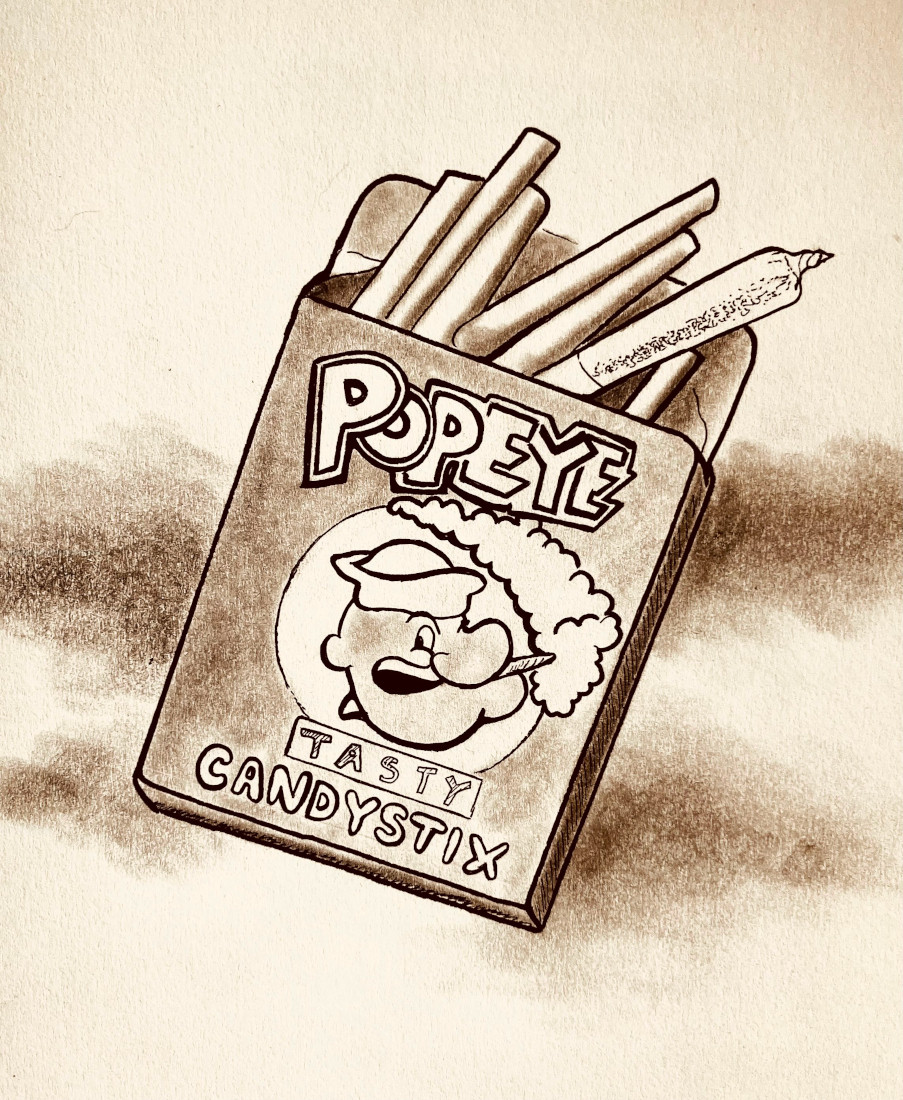Tricks and tampered treats
Cannabis edibles handed out on Halloween
Perhaps the most demonized holiday, Halloween has long served as a scapegoat for society’s fears.
In past years, the once widely circulated tales of poisoned candy and razor blades in apples seemed to take on a mythic quality. The memeification of these warnings demonstrated that the familiar fears and speculations no longer had the influence they previously held.
However, this Halloween, the urban legends held true. The Winnipeg Police Service (WPS) received multiple reports that packages of cannabis edibles were handed out to children in the Tuxedo neighbourhood.
The WPS says the edibles were given out in sandwich bags alongside full-size chocolate bars. The edibles were packaged to mimic Nerds candy and labelled as containing 600 mg THC, which is 60 times the maximum amount allowed in edibles in Canada.
Annick Beauchesne, the owner of Babette’s Cannabis Dispensary, says Health Canada has regulations preventing cannabis packaging from appealing to children.
Under sections 26(c) and 27(c) of the Cannabis Act, cannabis labels and packages with depictions of a person, character or animal are prohibited. “The packaging on legal edibles is very bland, very matter of fact. It’d be pretty hard to confuse it with regular candy,” Beauchesne says.
Experts have told reporters that the “Nerds” handed out to trick-or-treaters were likely purchased illegally and potentially online. Beauchesne says “black-market websites are very easy to find. They look really professional, and they’re very easy to navigate.”
The WPS has since arrested two adults, who were later charged with 13 counts each of distributing cannabis to minors, distributing illegal cannabis, causing bodily harm by negligence and administering a noxious thing with the intent of endangering life.
Beauchesne expresses frustration at the availability of these illegal products and the ease at which they can be procured. “It’s very common for people to purchase those black-market edibles, not even realizing, because (they are) pretty easy to access.”
She says this incident is not representative of safe cannabis possession. “It’s important to remember that most people (consume) edibles responsibly.”
The practice of giving contaminated goodies to trick-or-treaters (whether real or imagined) is sometimes called Halloween sadism. Steven Kohm, a criminal-justice professor at the University of Winnipeg, says media reports can transform urban legends into a “frightening new deviant.”
The ’60s saw Halloween become increasingly commercialized and paired with a growing collective fear of strangers and crime. “Instead of apples and homemade treats, we were encouraged to view these with suspicion and only accept packaged, mass-produced candies,” Kohm says.
Joel Best, a professor of sociology and criminal justice at the University of Delaware and the world’s leading authority on this issue, says most media reports of Halloween sadism involve questionable authenticity, and that no fatalities have ever been reported.
“I would suggest our fears about crimes and threats to children have helped cement the idea of the Halloween sadist, even if there is little evidence of real harm,” Kohm says.
“We live in an era of heightened fear of crime, worries about strangers and, of course, fear of our children being harmed. Who knows, years from now, the story (or versions of this story) might be told as a cautionary tale at Halloween.”
Published in Volume 77, Number 10 of The Uniter (November 17, 2022)








